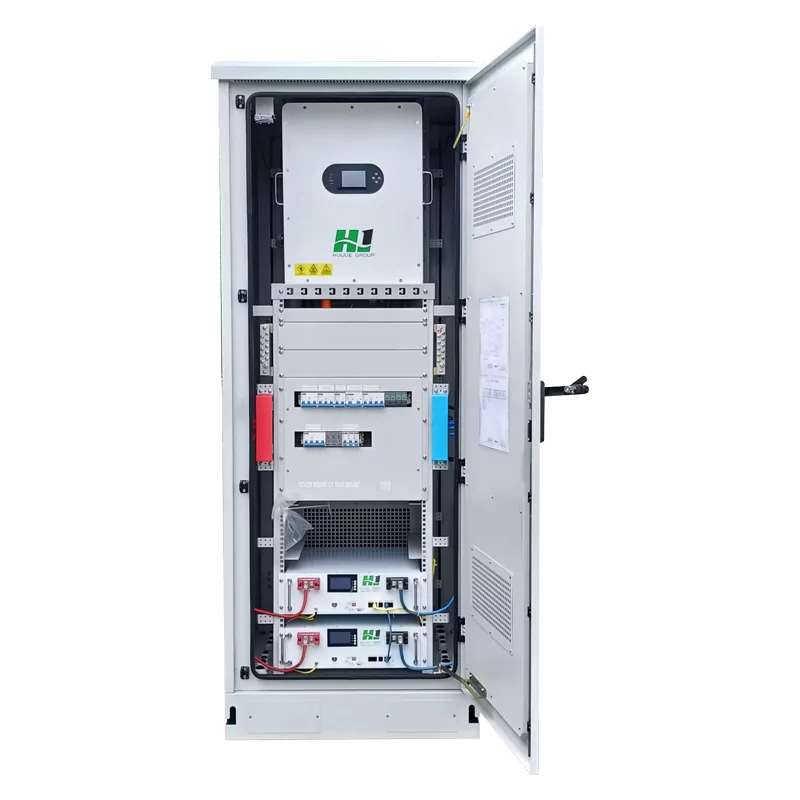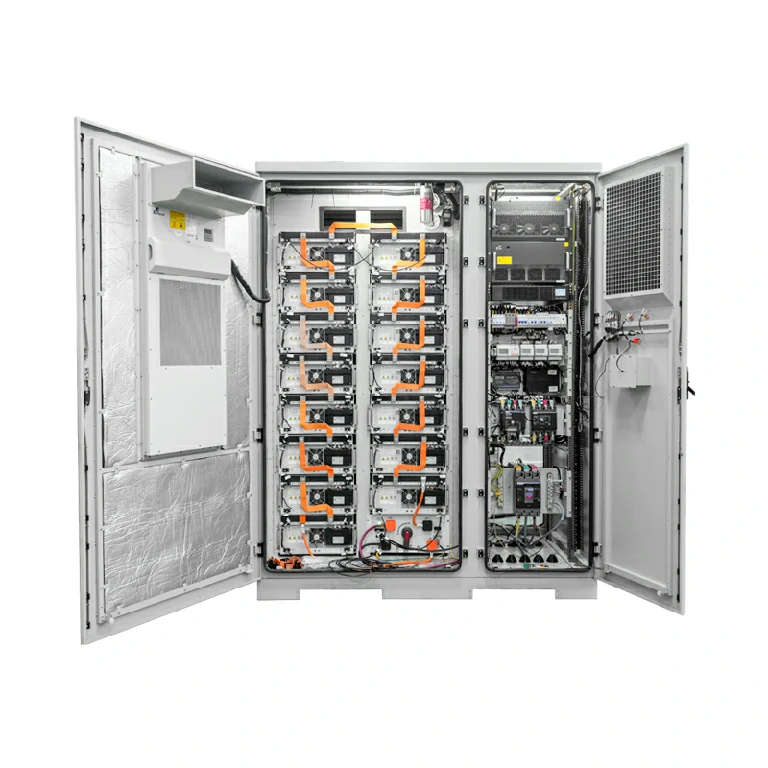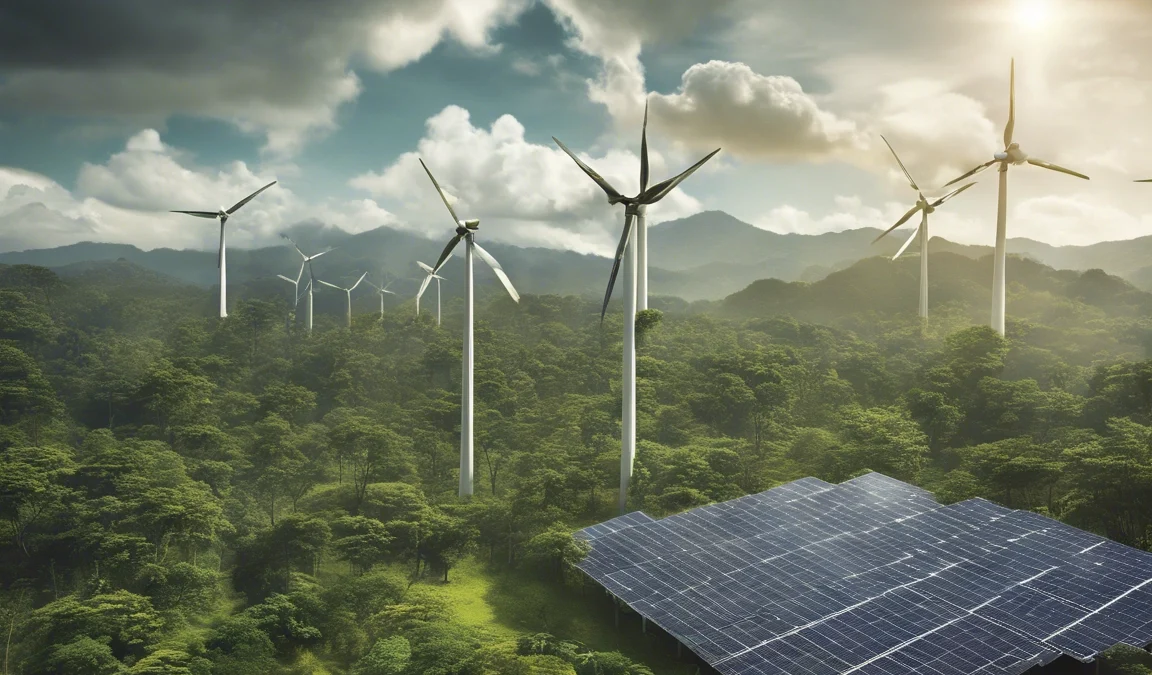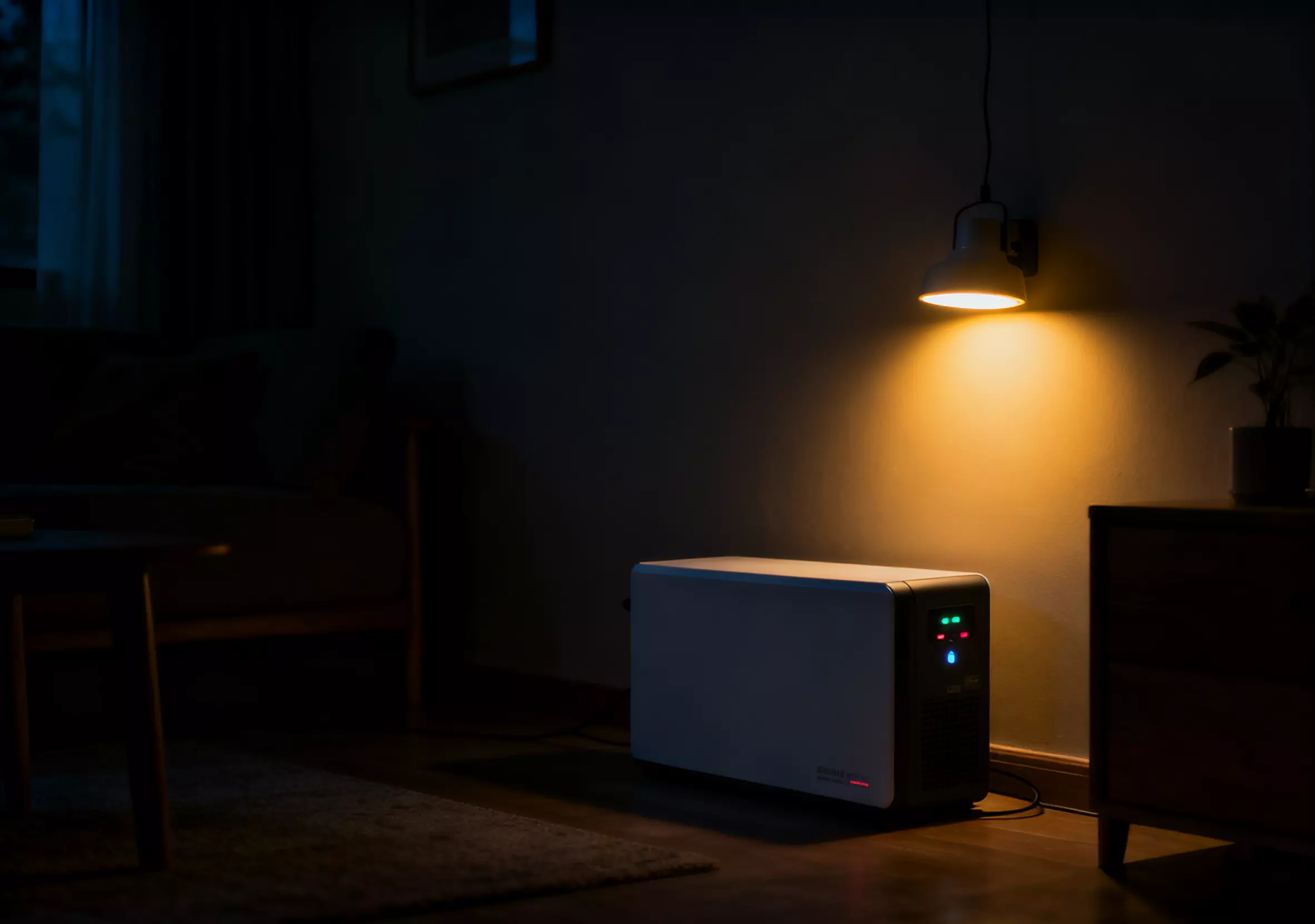During the world energy transition, Australia became the target once again. Thanks to its robust renewable energy base and better-than-ever policy framework, this country in the Southern Hemisphere managed to make a big jump and become the third-largest battery market based on utilities’ power by 2025. This the continues to be a success of Australia in solar and wind power installation as well as a major breakthrough in energy storage.
1. Explosive Growth of Australia’s Energy Storage Market
According to the latest “Utility-Based Battery Market Review, August 2025,” released by independent research firm Rystad Energy, 14 GW/37 GWh of battery storage capacity in Australia has either reached or is nearing the financing stage, signaling a surge in commissioning over the next two years.
Even more astonishingly, Australia’s battery project pipeline has increased by 45 GW in the past 12 months alone, soaring from 109 GW in 2024 to 154 GW.
This makes Australia the first country in the world to have over 1 GWh of utility-based battery capacity per million people, far surpassing energy powerhouses like China and the United States. Rystad analyst David Dixon commented: “Utility-based battery energy storage systems (BESS) are a success story for renewable energy in Australia, demonstrating how energy storage can be a key enabler of power system flexibility and security.”
2.energy demand surges, and energy storage becomes a “grid safety valve.”
According to the Australian Energy Market Operator’s (AEMO) trendy Electricity Opportunities Statement 2025, Australia’s electrical energy demand is anticipated to develop by way of 28% over the subsequent decade.
By fiscal 12 months 2035, country wide electrical energy consumption is projected to upward jab from the present day 178 terawatt-hours to 229 terawatt-hours.
At the identical time, regular coal-fired electricity plant life are being phased out. “To make sure the steadiness of the grid, we have to hastily set up new technology and storage amenities in the quick term,” stated AEMO CEO Daniel Westerman.
This trend has made utility-based batteries a core asset in Australia’s power system. In the first half of 2025 alone, AEMO approved 10 energy storage projects with a total installed capacity of 2.4 GW; another six projects (866 MW) have completed registration, and three projects (485 MW) are fully operational.
It can be said that energy storage systems are becoming the “new cornerstone” of Australia’s energy security.
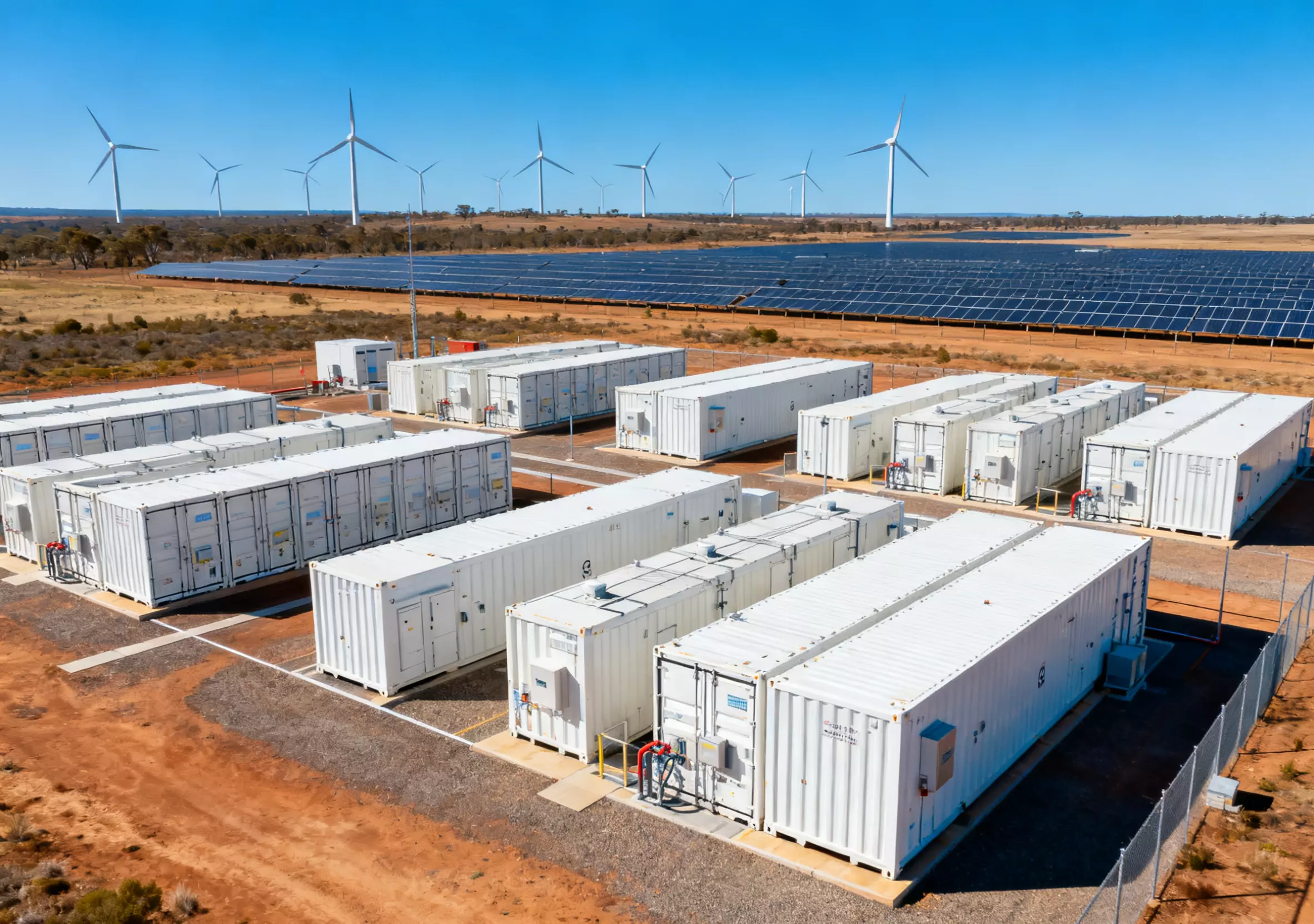
3. Policy and Capital Resonance: A$21 Billion in Investment Poised for Deployment
Supported by the Australian government’s Capacity Investment Scheme (CIS), new energy storage investment is expected to exceed A$21 billion (approximately US$14 billion) by 2030.
This massive investment will be driven by a joint effort between local utilities and international energy developers, creating one of the world’s largest energy storage markets.
Representative companies include:
Neoen: Its 270 MW/540 MWh Western Downs BESS Phase II project was commissioned six weeks ahead of schedule in 2025, demonstrating strong execution capabilities. Akaysha Energy: 4GWh of energy storage projects are under construction, with another 13GWh of projects under development, the most representative of which is the Waratah Super Battery (WSB).
4. Waratah Super Battery: A Globally Attracted “Giant Grid Energy Storage Center”
The Waratah Super Battery, located in New South Wales, is currently one of the largest and fastest-responding utility-scale energy storage systems in the world.
The project, with a total investment of AUD 1 billion, utilizes an 850 MW/1.6 GWh lithium iron phosphate (LFP) battery system comprised of 3,598 containerized energy storage units. It was built and operated by Akaysha for the state government’s EnergyCo.
The system is equipped with 288 large inverters and 144 medium-voltage transformers, with approximately 70% of the batteries supplied by the Chinese company Rept Battero.
Once completed, the project will be able to provide power to 970,000 homes for one hour, or 80,000 homes for a full day.
This project not only enhances the rapid response capabilities of the Australian power grid, but also, through its System Integrated Protection Solution (SIPS), enables millisecond-level responses to lightning strikes, wildfires, and sudden power outages. It has been hailed as the “safety net” of Australia’s power system. Akaysha CEO Nick Carter noted, “In the future, battery energy storage systems will gradually replace some power generation facilities and become a critical asset for maintaining grid stability.”
5. Growing demand for renewable energy support drives synergy between solar systems and energy storage
Australia’s boom in utility-scale battery construction is inseparable from its vast solar power generation system base.
By 2025, Australia’s total installed photovoltaic capacity will exceed 35 GW, ranking among the highest per capita installed capacity in the world.
However, solar power generation is significantly intermittent, and battery energy storage systems (BESS) are key to achieving “solar-storage synergy.”
Energy storage systems store solar energy during peak daytime power generation periods and release it stably at night or on cloudy days, providing continuous power support to the grid.
This integrated “generation-storage-use” model is becoming a mainstream trend in global energy structure upgrades.
From household photovoltaic systems to utility-scale power plants, the proportion of energy storage equipment deployed is increasing year by year to ensure a stable and economical power supply.
6. Energy Storage Leads a New Clean Energy Cycle
AEMO predicts that by 2050, Australia will need at least 49 GW of energy storage capacity to achieve its net-zero emissions target.
This includes various forms, including grid-scale batteries, pumped hydro, and virtual power plants (VPPs).
With the surge in power demand from AI and data centers, future power loads will become more complex. Compared to more expensive distributed energy storage, utility-scale batteries will become the mainstream choice due to their superior economics and flexibility.
Analyst David Dixon noted: “Utility-scale energy storage is not only a technological trend but also a market logic. Its widespread adoption will determine the depth and speed of Australia’s energy transition.”
7. Huijue Perspective: Empowering Global Clean Energy Development with Energy Storage Technology
Amid the restructuring of the global energy landscape, energy storage technology is becoming the “second engine” of new energy systems.
With over 20 years of experience in the energy storage field, Huijue Technology Group leverages its extensive system integration experience to provide high-performance energy storage solutions for utility and commercial and industrial scenarios. Our energy storage products include:
Containerized energy storage systems: Supporting MW-scale grid-connected operation, suitable for large-scale photovoltaic power plants and public energy projects;
Smart EMS energy management systems: Enable real-time monitoring and optimized dispatching of electricity;
Outdoor integrated power cabinets and modular energy storage cabinets: Weather-resistant and easy to maintain, widely used in transportation, communications, data centers, and other scenarios.
Huijue is committed to working with global partners to provide more efficient, safer, and smarter energy storage support for solar power systems and utility battery projects.
Energy storage makes energy more sustainable.
Energy storage is the technology that drives the future of energy, from the “super battery” of Australia through the whole global clean energy scenario. Solar power systems’ stable operation is supported by energy storage, which ensures the safety and efficiency of power grids in the process; thus, energy storage equipment is indispensable. Huijue Group’s vision is to cooperate with world’s energy partners in the creation of a clean, smart, and sustainable future energy system. Click here to learn more about Huijue’s energy storage solutions which make energy smart and the future clean.


